Cultural Management Library
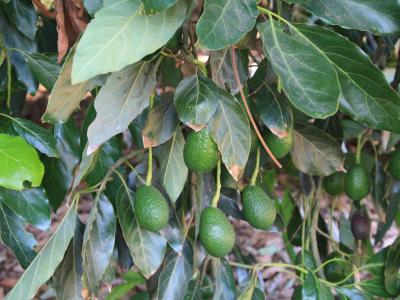
For California avocado growers, it can be difficult to ascertain whether a tree is suffering from disease, pests, nutrient deficiencies or damage caused by insecticides. Dr. Travis Bean’s new blog post examines herbicide damage in California avocado groves, including the specific symptoms associated with different insecticide groups.
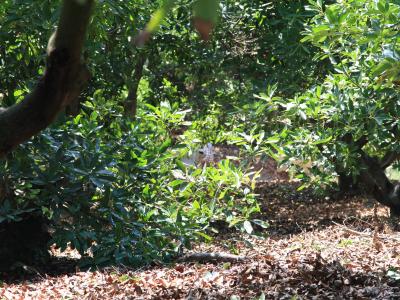
After a fire, it’s important to walk the grove in order to assess the varying level of damage to trees within the grove. This will have to be done repeatedly over the months following a fire, as it is not always immediately apparent to what extent a tree has been damaged.
One of the first steps in fire recovery is repairing the irrigation system. While buried irrigation pipes are usually safe during a fire, you may need to use roll out poly-hose for irrigation purposes in order to quickly set up temporary irrigation zones based on the level of fire damage to trees.
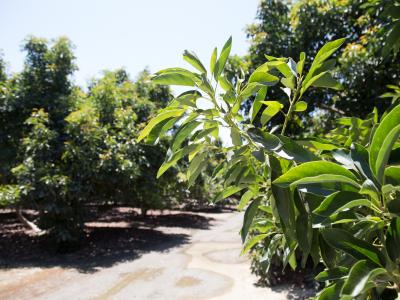
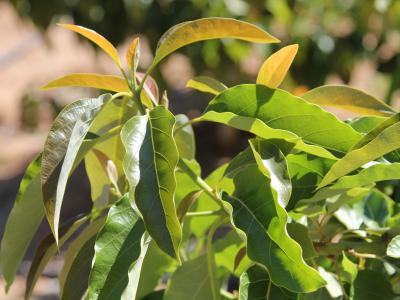
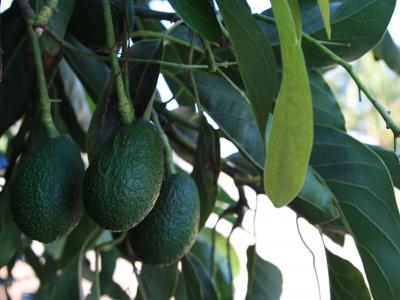
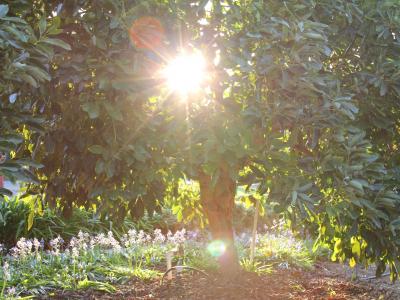
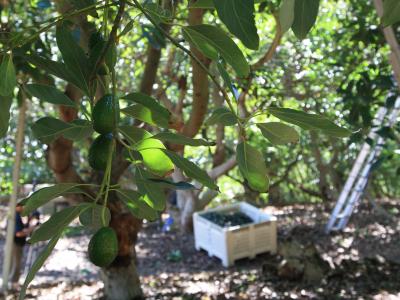
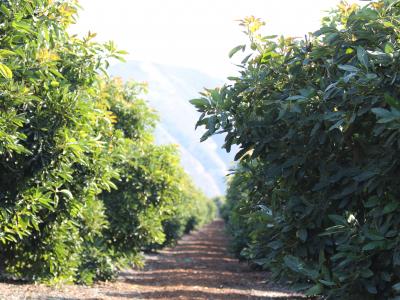
The California Avocado Commission has compiled a series of PSHB/KSHB fact sheets to assist California avocado growers in better understanding the pest-disease complex, identify the symptoms of infestation and fusarium dieback and manage the pest.